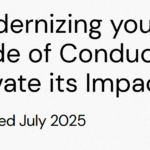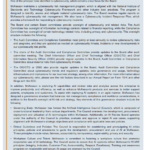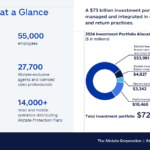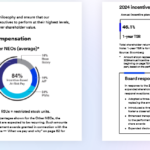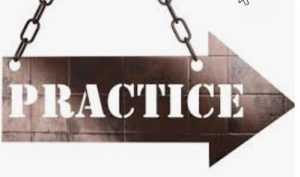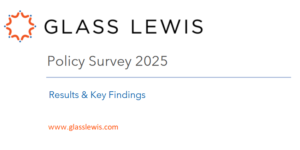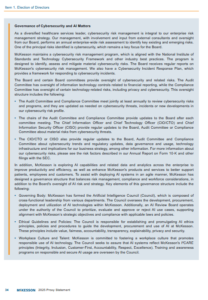Junior lawyers spend their first few years getting up to speed on the rules and regulations. It’s a real jumble and it’s hard enough to merely keep up with the latest rulemakings from the SEC, much less learn all that has transpired in the past.
It doesn’t help that the mandates from the SEC come in at least a dozen flavors – the statues, rules, interpretations in a variety of forms, and much more. Then you have all the other forms of guidance from outside the SEC, whether it be from investor and proxy advisor policies or other rulemaking bodies. It’s a tough and technical field.
You wind up being bogged down in ensuring you’re meeting the letter of the law and it’s easy to forget why you’re making disclosure in the first place. Sure, it’s a compliance document. But you’re also giving information to the market. You’re talking to employees. To other important stakeholders.
That’s why it’s always helpful – each and every year – to look at the disclosures of the companies that tend to do it best. Even if your company pointedly doesn’t want to be known as one of these companies that’s the gold standard for disclosure, you should be regularly reviewing what those bright stars are doing as there are bound to be some things in there that spark ideas for you to enhance your disclosures in a way that you might not have otherwise come up with.
So figure out which companies are ones that you like and respect. Your favorites that help you by serving as a gut check and a possible source of inspiration. It’s a fundamental part of being a professional disclosure drafter.








